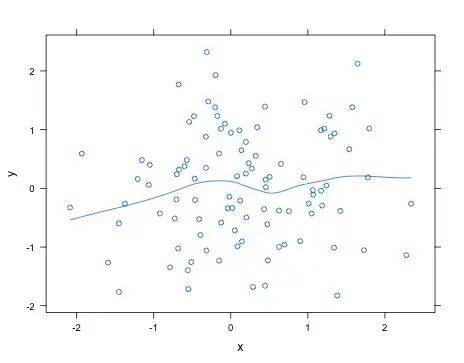I am performing survival analysis on credit data. I created a simple model with using interest rate:
cox <- coxph(Surv(periods,charged_off) ~ int_rate, data=notes)
I assumed that int_rate was a time-independent variable, but the following test rejects HA:
> cox.zph(cox)
rho chisq p
int_rate 0.0446 14.2 0.000169
Same result for other variables such as loan amount:
> cox <- coxph(Surv(periods,charged_off) ~ int_rate + loan_amnt, data=notes)
> cox.zph(cox)
rho chisq p
int_rate 0.0364 9.31 2.28e-03
loan_amnt 0.0317 8.84 2.95e-03
GLOBAL NA 26.28 1.97e-06
Plot for int_rate:

Why would these covariates be considered time dependent? Am I doing something wrong? Thanks.